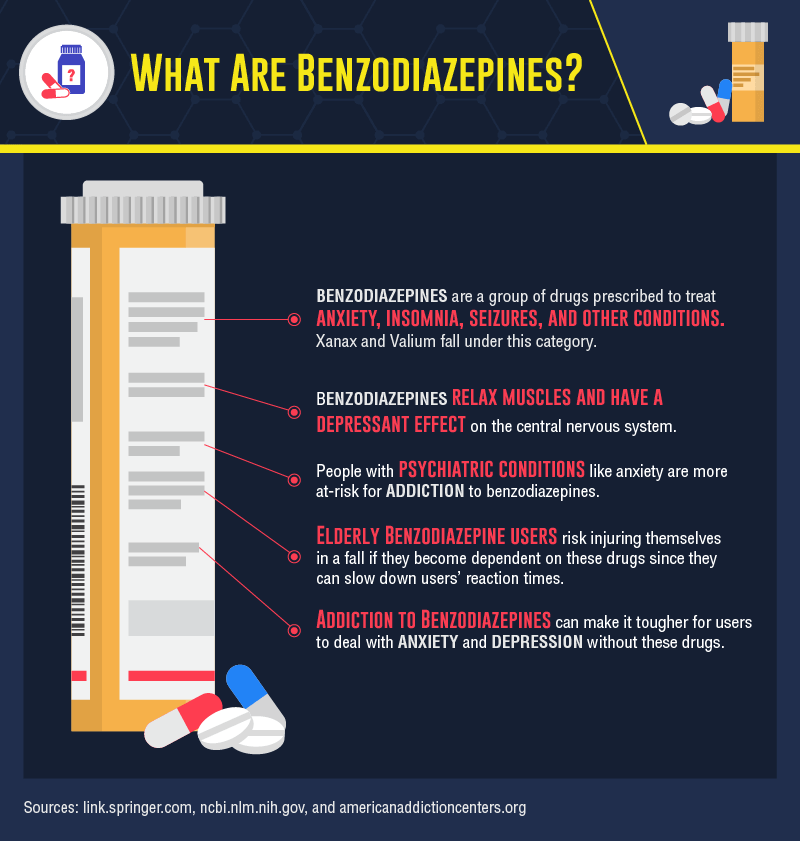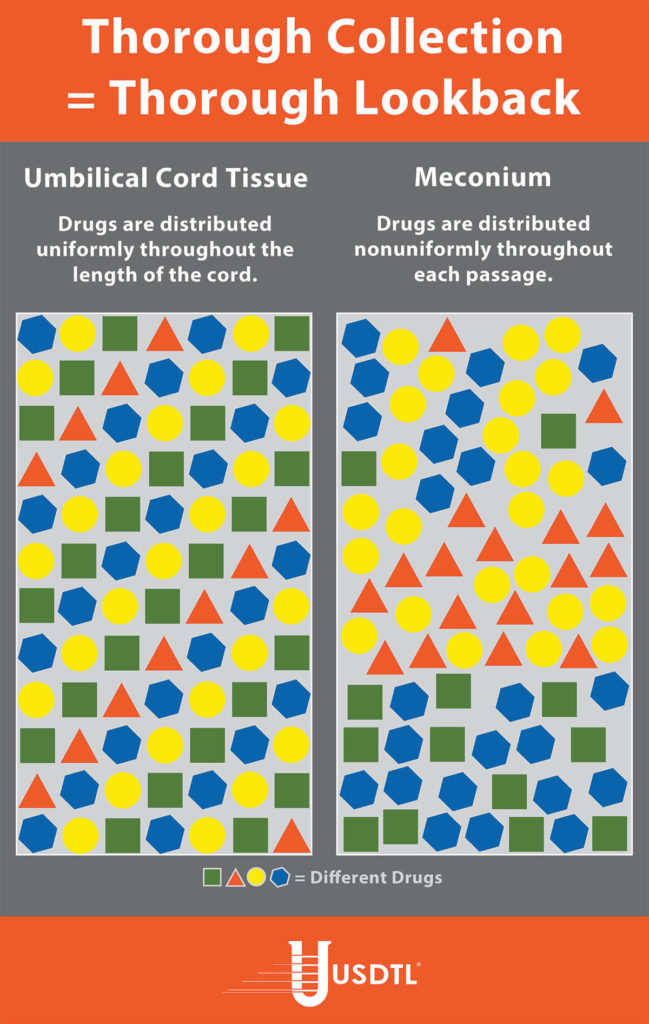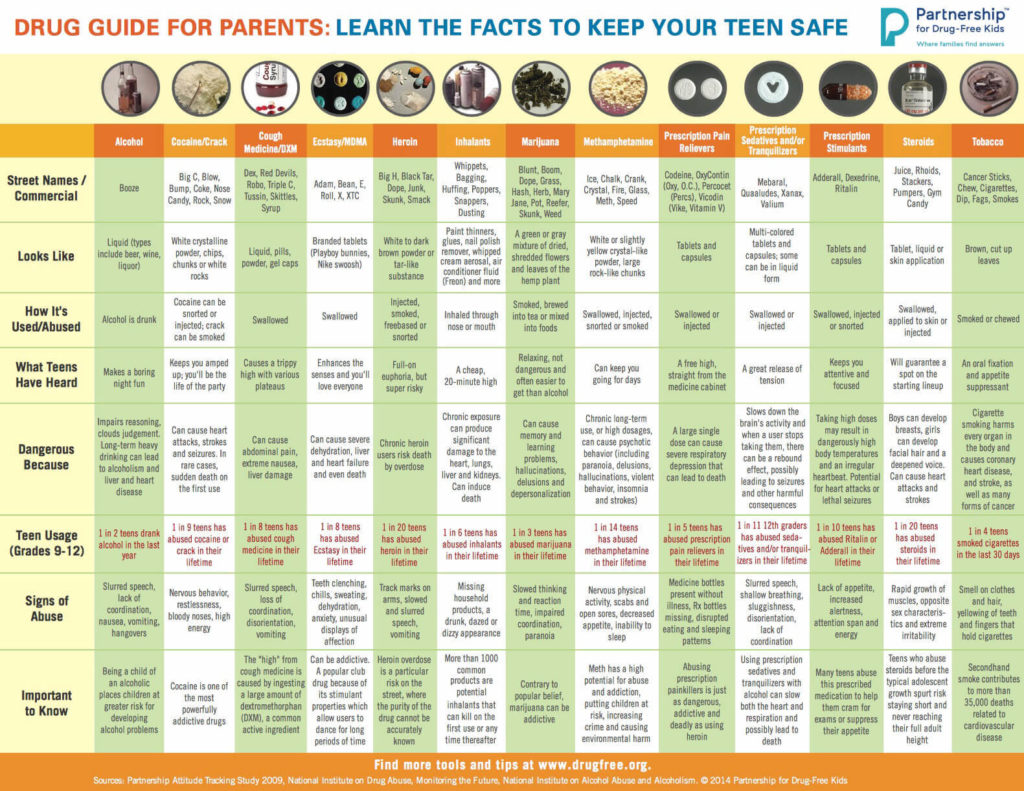Blog

By Kelly Hack, Content Writer
According to the United States Drug Enforcement Agency (DEA), methamphetamine seizures have proliferated over the last eight years, increasing from 8,900 pounds in 2010 to nearly 82,000 pounds in 2018.1 This stimulant’s aggressive nature is spreading its toxicity predominantly in rural areas including Oklahoma, Virginia, and Kentucky. The power of methamphetamine has captured countless lives and, in the U.S. alone, the number of overdose deaths increased 3.6-fold from 2011 to 2016.2
Methamphetamine, once used to keep troops awake during World War II, quickly took a turn for the worse in Central Europe when Japanese chemist, Akira Ogata discovered the ease in manufacturing the drug simply by using over-the-counter cough medication (pseudoephedrine) and household cleaning products.2 Methamphetamine, a classified stimulant substance is identified as a white, bitter-tasting powder or pill. Crystal methamphetamine, an additional form of the drug is a psychostimulant that resembles glass fragments or shiny rocks, hence its street names crystal or ice.3

Methamphetamine can be abused in several forms including:
- Inhaling/Smoking
- Swallowing
- Snorting
- Injecting3
The substance produces an extreme amount of dopamine (3x more than cocaine), triggering the reward receptors in the brain.3 Within seconds of using, an adrenaline-like rush begins, which is accompanied by a euphoric high that can last for hours, and ultimately followed by an overwhelming, crippling comedown. Crystal meth activates the neurotransmitters: serotonin and norepinephrine, which can elevate blood pressure and heartbeat, causing stimulation, loss of appetite, and irritability/aggressiveness.2 The false sense of exhilaration this drug produces leads to its repeated use. The short-term effects of this drug are often what entice a user to use repeatedly. Chasing this drug’s original rush is what provokes the insidious cycle of methamphetamine addiction.

Long-Term Effects
- Higher susceptibility to contracting HIV/AIDS, Hepatitis B and C due to altered judgement leading to risky sexual behaviors.
- Extreme weight loss
- Severe dental complications
- Skin eruptions
- Anxiety
- Confusion
- Insomnia/disrupted sleep
- Violent behavior
- Mental illness-paranoia/hallucinations3
Combating Methamphetamine On A National Level
In efforts to combat the plague of methamphetamine and to put a halt to at-home chemists, in 2006 The Combat Methamphetamine Epidemic Act was enacted, limiting over-the-counter access to cold medications containing essential ingredients to manufacture the drug. This act significantly reduced domestic meth labs, where amateur chemists produced meth by using “shake and bake” techniques consisting of cold medicine, toxic chemicals, and an empty two-liter bottle. As domestic methamphetamine labs were shut down one by one, aggressive drug cartels began to dominate the black market. Drug gangs began to navigate across the U.S.-Mexico border using drones, fuel tanks, batteries, and juice bottles to smuggle drugs.2 Currently, most of the methamphetamine found in the United States derive from clandestine “superlabs” in Mexico. These labs produce hundreds of pounds of methamphetamine daily.3
The Global Impact of Methamphetamine
The United States is not alone in its effort to seize criminal networks contributing to the availability of methamphetamine among communities. A dozen countries including China and Germany are reporting that methamphetamine is their primary drug of concern. Since 2008, the global market has expanded more than sixfold. Global crime rings and traffickers have developed encrypted phones and darknet communication to namelessly purchase drugs, along with adjusting drug formulas to maneuver around the DEA and other associated agencies.3

Medical Impacts of Methamphetamine
The influx of this drug’s attainability has increased occurrences of violence, arrests, ambulance calls, hospital admissions, and psychiatric services–creating a heavy burden to the lives of many. In the U.S., meth-related hospital costs reached $2.17 billion in 2015.3 In 2017,16.6% of women with primary and secondary syphilis (P&S Syphilis) used methamphetamine. Primary syphilis is the beginning stage of the sexually transmitted disease (STD) and can be identified by single or multiple sores lasting 3 to 6 weeks. The secondary stage of syphilis begins to expose more severe symptoms such as mucus membrane lesions and swollen lymph nodes.4 These findings support that a large percentage of heterosexual syphilis transmission is occurring at an increased rate with those that abuse methamphetamine.5 Among pregnant women, admissions for the treatment of methamphetamine abuse increased from 8% in 1994 to 24% in 2006. Case reports and retrospective analysis have indicated that maternal methamphetamine use may be attributed to defects of the fetal central nervous system, cardiovascular system, gastrointestinal system, as well as oral cleft and limb defects.6
Due to the severity of methamphetamine and the adverse effects it creates with its use, incorporating advanced testing panels into your organization’s drug testing efforts can be an effective approach to detecting potential use & abuse of this dangerous substance. Our laboratory offers methamphetamine testing for adult, child, and newborns, utilizing specimens such as fingernail, hair, meconium, umbilical cord tissue, and urine. By providing the most comprehensive panels within the drug testing market, we help organizations address the prevalence of substance abuse that affects so many of us today.
Kelly Hack, Content Writer for USDTL holds a Master’s of Science in Journalism, along with a versatile professional portfolio including investigative, educational, feature, and profile writing. Hack currently strives to capitalize her knowledge-base in efforts to provide readers with information that is accurate, concise, and pertinent.
References:
1. “DEA releases 2018 National Drug Threat Assessment.” (n.d.). Retrieved from https://www.dea.gov/press-releases/2018/11/02/dea-releases-2018-national-drug-threat-assessment-0
2. (n.d.). Retrieved from https://www.bloomberg.com/news/articles/2019-04-03/cheap-nasty-near-you-how-crystal-meth-is-spreading-quicktake
3. National Institute on Drug Abuse. (n.d.). “Methamphetamine.” Retrieved from https://www.drugabuse.gov/publications/drugfacts/methamphetamine
4. STD Facts – Syphilis. (n.d.). Retrieved from https://www.cdc.gov/std/syphilis/stdfact-syphilis.htm
5. “Increased Methamphetamine, Injection Drug, and Heroin Use Among Women and Heterosexual Men with Primary and Secondary Syphilis” – United States, 2013–2017 | MMWR. (n.d.). Retrieved from https://www.cdc.gov/mmwr/volumes/68/wr/mm6806a4.htm
6. Women’s Health Care Physicians. (n.d.). Retrieved from https://www.acog.org/Clinical-Guidance-and-Publications/Committee-Opinions/Committee-on-Health-Care-for-Underserved-Women/Methamphetamine-Abuse-in-Women-of-Reproductive-Age

by: Kelly Hack
The National Drug Early Warning System (NDEWS) funded at the Center for Substance Abuse Research by the National Institute on Drug Abuse (NIDA) presents a compelling methodology of leveraging an innovative overdose detection mapping application program (ODMAP) with collective partnerships to address the overdose epidemic of opioids.
In efforts to bridge the gap of public health and public safety, ODMAP provides real-time suspected overdose surveillance data across jurisdictions throughout the nation. The development of this online mapping portal provides first responders, hospitals, and other law enforcement agencies the ability to communicate and record vital information utilizing a time-sensitive approach.
Program Accessibility
Level 1-Data Collection and Agency Administration Interface:
The system was designed to minimize the effort and time required by a first responder to enter data including fatal or non-fatal overdoses and the extent to which naloxone or another reversal drug was administered.
Level-1-API Data Collection:
The Application Programming Interface (API) is an extended option for Level 1 users, providing an effective method for stakeholder agencies to contribute data without creating additional (manual) reporting or processes. The API integration connects with agency or state’s Record Management Software (RMS) to ODMAP with an automated assimilation of the two systems.
Level 2-National Map:
In efforts to monitor and measure the performance of criminal justice and public health functionality, the ODMAP dashboard is an available tool for decision-makers to view and analyze controlled unclassified information (CUI) at a nation level. This tool is exclusive to government agencies (state, local, federal, or tribal) serving the interests of public safety and health.
Statewide Implementation
Since ODMAP’s inception, the program has gained an increased popularity throughout the nation. The Illinois Law Enforcement Alarm System (ILEAS) and the Illinois Department of Public Health (IDPH) have developed a grant titled, “Empowering and Equipping Law Enforcement and Communities in Rural Illinois to Reduce Opioid Overdose,” requiring the onboarding of ODMAP.
Spike Alerts
In order to support the needs of communities, health analysts developed ODMAP’s spike response framework, which notify agencies by email, if the total overdoses in an area exceeds a pre-determined threshold within a 24-hour period. Spike alerts can be established for an agency’s own county or surrounding counties as an early warning feature.
An Innovative Initiative
As a laboratory who is invested in protecting and enriching lives, we support innovative developments that present effective advancements for addressing a drug epidemic that nationally has claimed over 72,000 overdose deaths. Mobilizing a cohesive and collaborative response to a complex drug crisis is imperative within our communities.
For more information regarding ODMAP, visit www.odmap.org.
An alarming rise in benzodiazepine-related morbidity and mortality is a growing concern in the U.S., research has concluded that 919 benzodiazepine ambulatory visits occurred in 2003 and increased drastically to 1672 in 2015.1 The reported ambulatory visits have resulted in a 127 percent increase in benzodiazepine-related deaths or injuries. Amid the opioid crisis, benzodiazepine use/abuse is significantly growing with more than 30 percent of overdoses involving opioids also involve benzodiazepines.2
To provide a better understanding of how powerful benzodiazepines are, the medical realm has defined the substance as a tranquilizer that acts on the central nervous system producing sedation and muscle relaxation. The following benzodiazepines are classified by their length of effect:
- Ultra Short Acting-Midazolam (Versed®) and Triazolam (Halcion®)
- Short Acting- Alprazolam (Xanax®) and Lorazepam (Ativan®)
- Long Acting-Chlordiazepoxide (Librium®) and Diazepam (Valium®)3

According to a 2018 study, 30 million Americans used benzodiazepines in the past year and of those more than 5 million misused them for purposes of a sleep aid or to get high.4 Benzodiazepines can lead to physical and psychological dependence. In fact, high doses of benzodiazepines can create signs and symptoms of acute toxicity or overdose including drowsiness, confusion, dizziness, blurred vision, weakness, slurred speech, difficulty breathing and even coma.3
Despite the risks associated with benzodiazepines, research and statistics are finding that there has been a spike in prescribing in lieu of the opioid crisis. A study from 2003-2015 indicated a substantial increase of primary care physicians (PCP’s) who are issuing prescriptions for benzodiazepines-3.6 percent to 7.5 percent.1 Primary care physicians defined by the National Ambulatory Medical Care Survey (NAMCS) includes: family medicine, internal medicine, geriatric medicine and obstetrics and gynecology. The increased number of benzodiazepine visits suggests there is a growing number of patients being prescribed this drug, along with prescriptions written for long-term use.
In 2015, 23 percent of people who died of an opioid overdose also tested positive for benzodiazepines.2 In a 2016 study, researchers noted that when opioids and benzodiazepines are used simultaneously, a 570 percent increase in substance abuse treatment admissions occurred.4 Co-prescribing, which is defined as prescribing two or more drugs to the same patient is an apparent, yet overlooked contributing factor to the drug epidemic we are facing today.
In 2015, benzodiazepines were co-prescribed with an opioid in 19.2 percent of visits, opioids were co-prescribed with a benzodiazepine in 26.4 percent of visits.1 As opioids lose favor among prescribers, it is imperative to be aware of the risks that are associated with benzodiazepines, especially when used in combination with an opioid. It is strongly advised that clinicians avoid prescribing benzodiazepines concurrently with opioids.
In 2016, the FDA required benzodiazepines to be “black box” labeled in efforts to warn patients about the drug’s side effects and the heightened risks when taken with opioids. As a Schedule III drug, benzodiazepines have an increased probability for dependency. Physicians are advised to prescribe with caution, to fully inform their patients of the risks involved with benzodiazepines and the threat of fatality when combined with an opioid.
Utilizing advanced drug testing, specifically for benzodiazepines can be a proactive approach in identifying potential at-risk behavior and preventing fatal outcomes. Advanced drug testing uses different specimen types to detect substances of abuse at different times. Depending on the specimen’s window of detection, short-term and long-term use can be identified as the following:
Short-Term:
- Urine- 2-3 days
- Oral Fluid-1-2 days
- Blood-1-2 days
Long-Term:
- Hair- 3 months
- Fingernail-3-6 months
Utilizing an accredited laboratory that offers extensive panels to test for drugs of abuse is imperative in counteracting the impending drug crisis of benzodiazepines.
Benzodiazepines in Hair Benzodiazepines in Nail
Benzodiazepines in ChildGuard Benzodiazepines in Urine
References:
- Agarwal, S. D. (2019, January 25). Patterns in Outpatient Benzodiazepine Prescribing in the United States. Retrieved from https://jamanetwork.com/journals/jamanetworkopen/fullarticle/2722576
- National Institute on Drug Abuse. (2018, March 15). Benzodiazepines and Opioids. Retrieved from https://www.drugabuse.gov/drugs-abuse/opioids/benzodiazepines-opioids
- Benzodiazepine Abuse. (n.d.). Retrieved from https://www.webmd.com/mental-health/addiction/benzodiazepine-abuse
- Smith, M. (2019, February 06). After Opioids, Benzodiazepine Use Raises Concern. Retrieved from https://nida.nih.gov/research-topics/opioids/benzodiazepines-opioids
Amy Alexander receives the 2018 Excellence in SPE Award!

Amy Alexancer
We are very proud to announce that Amy Alexander, Research and Development Senior Forensic Analytical Chemist at USDTL, was selected as a 2018 Excellence in SPE Award winner. This award is sponsored by United Chemical Technologies (UCT) and was awarded at the 2018 annual Society of Forensic Toxicologists (SOFT) meeting held in Minneapolis, MN. The award reflects recent outstanding contributions to the scientific literature in the field of Solid Phase Extractions in Forensic Science. Specifically, UCT is recognizing the article “Discordant Umbilical Cord Drug Testing Results in Monozygotic Twins” where Amy served as the principal author.
To view the larger image, please click here.
What you need to know about meconium collection.
by Michelle Lach, MSIMC
Meconium is the first stool of a newborn infant. It is produced in utero and consists of materials such as epithelial cells, bile, mucous, and more. In most newborns, meconium is generally passed in the first day or so of life, has no odor, and appears as a very dark, tar-like substance. This helps distinguish meconium from the next phase of passage called transitional stool.
Transitional stool will start to have an odor and present with a more brown, green, or yellow color as the newborn starts digesting milk. When drug testing the meconium of a newborn, it is important to note this difference since only meconium is created during gestation and transitional stool is created after birth. Collection of any stool other than meconium for drug testing purposes may result in a rejected specimen.
Unlike umbilical cord tissue, drugs are not distributed uniformly throughout the meconium specimen (see Figure 1). Because of this, the collection of the entire mass of meconium is highly encouraged to assure that there will be enough specimen to test, and that the maximum window of drug detection is achieved. It can take multiple passages of meconium before the newborn begins the transitional stool phase.
We require a minimum of 3 grams of meconium to be able to properly run our tests, so collecting the entire passage of meconium from newborns that have been exposed to substances of abuse is highly critical since they tend to have lower birth weights and create less specimen in the first place. If there is not enough specimen to run the test, the results are reported out as QNS. Quantity Not Sufficient (QNS) is a result of not having a sufficient quantity (volume) of specimen to test for the panels ordered.



- Drug Classes and Neurotransmitters: Amphetamine, Cocaine, and Hallucinogens
- Environmental Exposure Testing for Delta-8 THC, Delta-9 THC, Delta-10 THC, and CBD
- Bromazolam and Synthetic Benzodiazepines
- Winter Weather Delay Update
- Tianeptine
- Revolutionizing DUI Interventions: Wisconsin’s Breakthrough in Biomarker Testing for Impaired Drivers
- 3 FAQs You Should Know About Newborn Drug Testing
- The Brain Chemistry Behind Tolerance and Withdrawal
- March 2024 (1)
- February 2024 (1)
- January 2024 (3)
- December 2023 (1)
- November 2023 (1)
- August 2023 (1)



